Due to the coronavirus pandemic, a lot of team chat apps are seeing an uptick in usage. In just two weeks, Slack added 2.5 million users, and Discord had to increase capacity by more than 20 percent. People are flocking to these platforms for both business and personal collaboration.
In the Slack vs Discord debate, there are a few things to consider. Slack is mostly known as a business communication tool that integrates with Google’s G Suite and other business-focused apps, while Discord has garnered a reputation as a voice platform suitable for the gaming community. But there’s more to the apps than their reputations.
Slack vs Discord: Text chat
While Slack and Discord have similar user interfaces and let you use emojis and @ mentions, when you dig below the surface, these apps are quite different.
Slack gives each team designated workspaces, and you need a separate login for each workspace. For example, if you’re part of a Slack workspace for a study group and a different Slack workspace for your job, you’ll have two logins. But once you’ve logged in, it’s easy to toggle back and forth to access all the channels in your workspaces.
Discord uses just one login for servers, which are Discord’s version of Slack’s workspaces. This mostly impacts direct messages; instead of the messages appearing in the server, you have to navigate to a list of messages outside the server. However, having all your DMs in one place is more of a personal preference.
Both Slack and Discord use channels for different topics that you define. For example, you could have a general channel for everyday communications and another channel that’s just for discussions about an upcoming event. Discord breaks these down into text channels and voice channels.
Where Slack edges out Discord is in turning messages into conversational threads. When there’s a message in a Slack channel, you can reply to that message so it appears in a thread instead of all the responses appearing in the text channel. This helps keep conversations organized.
Voice communication features
In the voice communications arena, the Slack vs Discord debate heats up.
Discord separates voice channels from text channels, so you have to click on the voice channel to talk. But when you do that, you can immediately start talking to as many other users as you want, or until your computer can’t handle any more users. The voice channel is in the background, and the rest of the interface stays the same.
With Slack, voice is treated as an intentional communication channel, and you initiate communications just like you would a Skype call. You can start phone calls from DMs by pressing the call button. Paid plans also let you start a call with an entire channel. However, unlike Discord, only 15 participants can be on the call.
Video conferencing
You can run video conferences with both Slack and Discord.
Slack is a lot like other video conferencing apps; you can turn your video on and off during a voice call, for example. Discord, however, requires you to start a group DM, then fire up the video chat.
You can screen share with both apps, but Slack lets you annotate and control other participants’ screens, making it the winner if you want to use your team chat for video conferencing.
Integrations
Both Discord and Slack offer a lot of different integrations. However, if you’re looking for a platform with a lot of native integrations, you should go with Slack. It has almost 1,000 native integrations, like Google Drive, Dropbox, and RingCentral. All the interactions you have with these integrations are contained in a thread that’s like a DM between you and the integration’s bot.
Discord supports 10 native integrations, including YouTube, Facebook, Twitch, and Xbox Live. However, Discord has a lot of easy-to-install third-party bots that can fill the gaps, although you’ll have to dig through them to find what you need.
Pricing
Discord may have the edge on pricing. Its free plan gives you unlimited message history, screen sharing, and server storage. You also get up to eight users in a video call and can have up to 5,000 users online at the same time. Pricing starts at $99 per year for higher quality video and larger file upload sizes.
Slack’s free plan doesn’t let you do as much; you can integrate with 10 third-party services, store up to 10,000 messages, and use 5 GB of file storage. Video and voice calls are limited to just two participants. Pricing starts at $7.25 per user per month for unlimited message archiving, unlimited apps, and group calls with screen sharing.
What it boils down to in the Slack vs Discord debate is what you need. If you’re looking for a free platform that lets you have a lot of users online at the same time, and plan to use mostly the team chat features, Discord might be the right choice for you. However, if you’re looking for support for native integrations and want interactive screen sharing, it’s worth checking out Slack’s paid options.
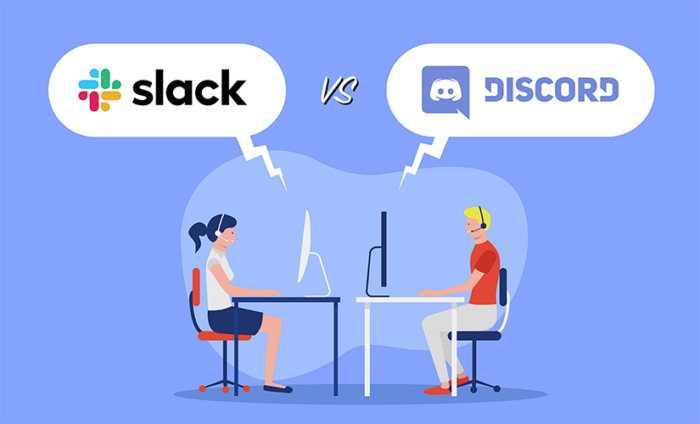



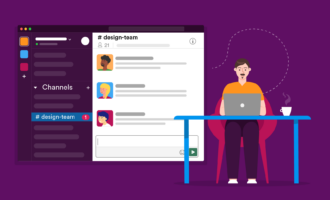



























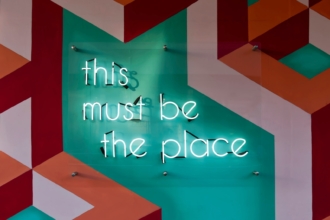


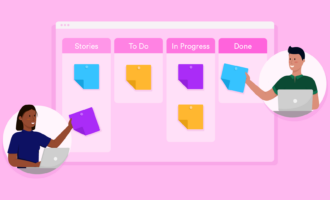


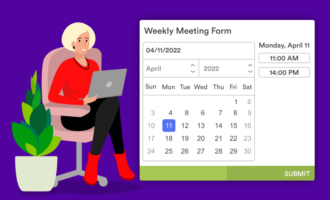


Send Comment:
1 Comment:
More than a year ago
Hi miles, you have written well and i want to say that i am using discord service because it's very well in my area (office, home etc) both services are great and sometimes it gets errors i am also starting blogs on this but for error solutions